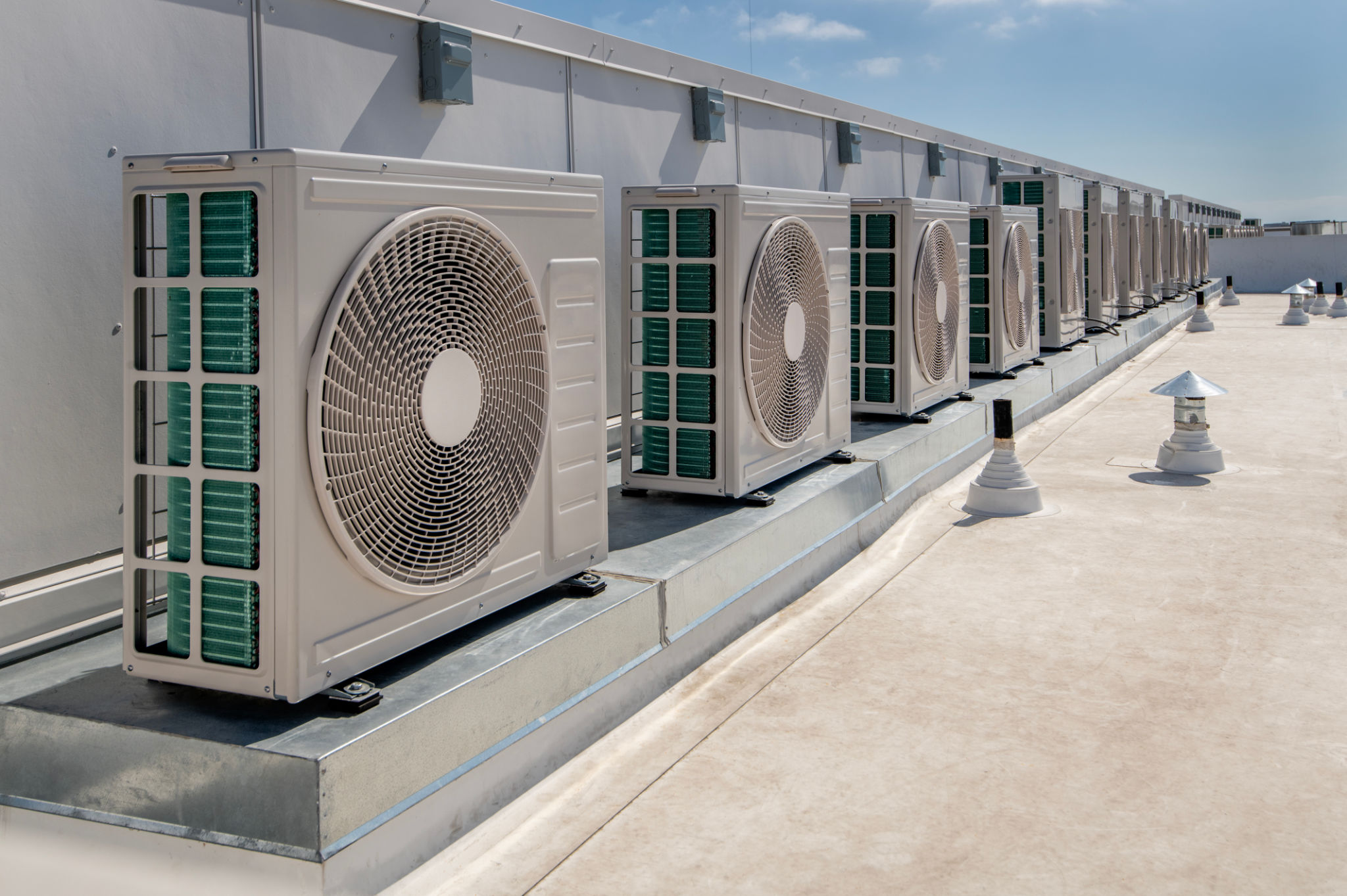Seasonal Renovation Tips: Preparing Your Home for Winter in St. John's
Inspect and Insulate Your Windows
As winter approaches in St. John’s, one of the first areas to focus on is your home’s windows. Cold air can easily seep through gaps and cracks, leading to increased heating costs and an uncomfortable indoor environment. Start by performing a thorough inspection of your windows, looking for any signs of wear and tear.
Consider adding or replacing weather stripping around window frames. This simple adjustment can significantly reduce drafts. Additionally, using window insulation film is an effective way to keep the warmth inside. If your budget allows, upgrading to double or triple-glazed windows can provide superior insulation.

Check and Clean Your Heating System
Your heating system is the heart of your home's comfort during the cold months. Before winter sets in, ensure that your furnace or heating system is in top shape. Schedule a professional inspection and cleaning to avoid any unexpected breakdowns during the peak of winter.
Replace or clean filters regularly to ensure efficient operation. If you use a fireplace, ensure the chimney is clear of debris and the flue is functioning properly. This not only improves efficiency but also reduces potential fire hazards.

Seal Doors and Exterior Entrances
Doors are another common source of drafts, particularly exterior entrances such as front and back doors, garage doors, and patio doors. Check for gaps around door frames, and add weather stripping or door sweeps as necessary.
For added protection, consider installing storm doors. These doors provide an extra barrier against cold air and can improve energy efficiency significantly. Taking these steps will help maintain a warm and cozy indoor environment throughout the winter season.

Prepare Your Plumbing
Winterizing your plumbing is crucial to prevent pipes from freezing and bursting during cold spells. Start by insulating any exposed pipes in unheated areas like basements or attics. Pipe insulation sleeves are affordable and easy to install.
Additionally, disconnect outdoor hoses and shut off exterior water valves to prevent freezing. Inside your home, keep cabinet doors open under sinks to allow warm air to circulate around pipes. These preventative measures can save you from costly repairs later on.

Inspect Your Roof and Gutters
Your roof is your home’s first line of defense against harsh winter weather. Check for damaged or missing shingles and repair them as needed to prevent leaks. It's also important to ensure your gutters are clear of leaves and debris, allowing for proper drainage of melting snow and ice.
Ice dams can form when gutters are clogged, leading to potential water damage. Installing gutter guards can help keep gutters clear throughout the winter months.

Enhance Attic Insulation
The attic is often an overlooked area when preparing a home for winter. Proper insulation in the attic can significantly affect your home's overall energy efficiency. If you notice uneven temperatures between floors or higher-than-usual heating bills, it might be time to enhance your attic insulation.
Consider adding blown-in cellulose or fiberglass batts for effective insulation. Ensuring that your attic is properly ventilated will also help prevent moisture buildup, which can lead to mold growth.

